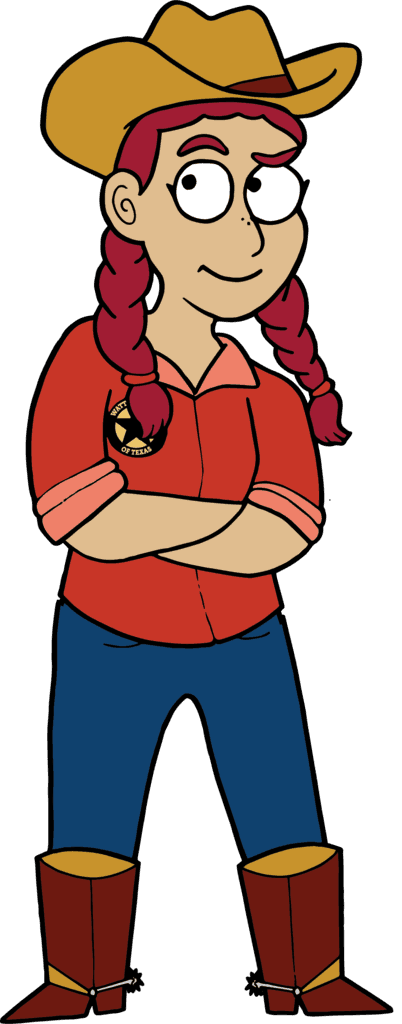Activity Overview: This activity focuses on the “reuse” theme of reduce-reuse-recycle. Students collect waste materials (paper, bottles, cans, cardboard tubes, fabric, etc) and find other uses for them either practically, for a school project, or as art objects. Cutting utensils or sharp objects may not be suitable for younger students, but otherwise this is an activity for students of all ages.
Reuse puppets in a play or use as an environmental message.
Activity taken from Integrated Thematic Units, Copyright © 1992 Scholastic, Inc. TES course 1994
Students work individually or in groups to decide a scene from a book either read in class or at home to illustrate. Using the shoebox as a “stage,” students should recreate the scene or setting, reusing as many materials as necessary to tell the story. Pencils too short to write can become a fence, and small cardboard boxes can serve as buildings in the setting. Creativity counts, and the more materials used again rather than on first use, the better.
Students can create an original scene or setting and then write a story to accompany it. Encourage students to employ a conservationist or environmental theme when composing their original works of literature.
TEKS
SCI.K.1A, SCI.1.1A, SCI.2.1A, SCI.3.1A, SCI.4.1A, SCI.5.1A, SCI.6.1A, SCI.7.1A, SCI.8.1A
SCI.K.1B, SCI.1.1B, SCI.2.1B, SCI.3.1B, SCI.4.1B, SCI.5.1B, SCI.6.1B, SCI.7.1B, SCI.8.1B
SCI.K.2A, SCI.1.2A, SCI.2.2A, SCI.3.2A, SCI.4.2A, SCI.5.2A, SCI.6.2A, SCI.7.2A, SCI.8.2A
ELA.K.14A, ELA.1.18A, ELA.2.18A, ELA.3.18A, ELA.4.16A, ELA.5.16A, ELA.6.15A, ELA.7.15A, ELA.8.15
ELA.K.6A
ART.1.2A, ART.2.2A, ART.3.2A, ART.4.2A, ART.5.2A, ART.1.2B, ART.2.2B, ART.3.2B, ART.4.2B, ART.5.2B, MS1.2A, MS2.2A, MS3.2A, MS1.2B, MS2.2B, MS3.2B, MS1.2C, MS2.2C, MS3.2C

We'd love to help answer any questions and help you get started! Drop us a line and we'll get back to you as soon as we can.
Watt Watchers of Texas
204 E. Dean Keeton Street, Austin, Texas 78712
contact@watt-watchers.com
Nos encantaría contestarle cualquier pregunta que tenga y ayudarle empezar! Envíenos un mensaje y nos pondremos en contacto con usted lo antes posible.
Watt Watchers de Texas
204 E. Dean Keeton Street, Austin, Texas 78712
contact@watt-watchers.com